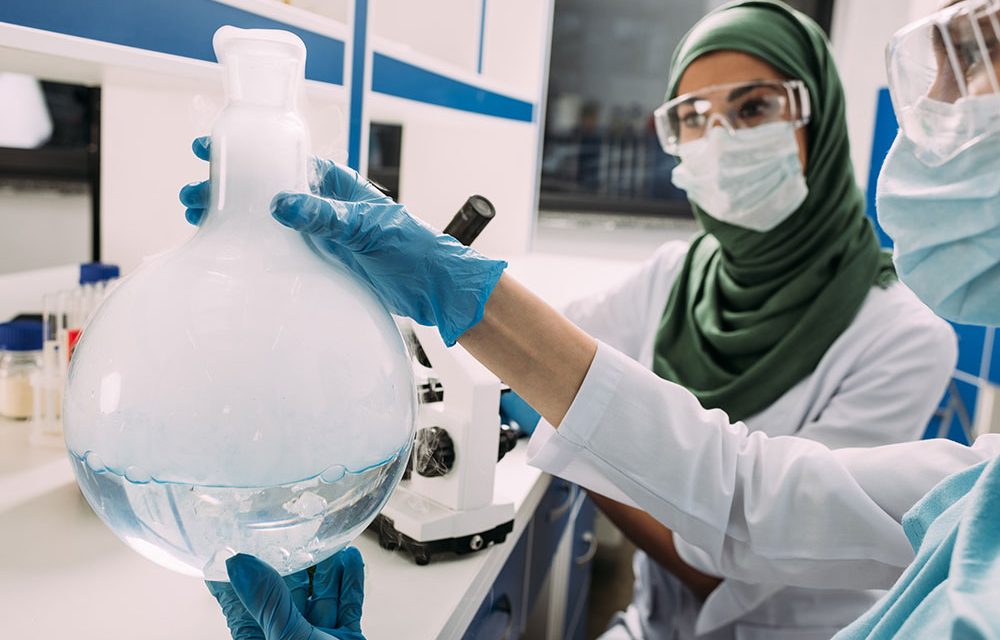Today more than any time in the past it is vital that we create customer value. How we do that with our pharmaceutical processes is to properly manage those integrated actions that produce results consistently in the most efficient ways, with only the resources that are needed, nothing more nothing less. The competitive environment of the life sciences industry is constantly changing, so organizations need to alter their operating habits to meet the compelling dynamics of the marketplace, if they wish to remain in business, competitive and profitable.
Standing still and/or using the same business practices as usual is tantamount to a death nail that will rapidly turn one’s business anti- competitive. Creating value is often driven by a keen understanding of key performance indicators (KPIs), and how they are affected by external influences and pressures. Translating this into a winning Future State is achieved through evaluating these KPIs against best practices and then continuously refining the situation in accordance with a Kaizen Continuous Culture Philosophy. Nowhere is this more important than in the continuous refinement of the manufacturing and supply chain process, where value stream mapping plays a vital role in streamlining and efficiency generation.
To fully obtain maximum benefit however, it is not enough to look at key functional areas in isolation, as this can result localized wins without an overall gain. Why is this? Frequently it’s not a set of unit operations that isn’t efficient in their own right, but is the integration of these with others that causes unfavorable waiting periods, and this is where the waste/ overall inefficiency creeps in.
Nowhere is this more important than in the integration of the manufacturing process with the QC department, as this is a linkage that can cause major delays if it’s not operated properly. It’s a fact that in today’s modern pharmaceutical factory, there is a requirement to be nimble and responsive to support production operations. At a time when many companies are experiencing very high levels of Laboratory deviations, incidences and other non conformances, the task at hand is to correct these issues and prevent them from being both financially onerous to the company, as well as being time consuming. Both factors can render a company noncompetitive and result in the loss of important contracts. If this involves the export materials to Europe or the
US for example, then in such situations involving egregious faults, the outcome could lead to important bans.
This situation potentially becomes increasingly stressful as the marketplace globalizes and international expectations reach some level of harmony from a regulatory compliance expectations point of view.
As one looks at facility design and layout and how materials, products and personnel flow around and within the Laboratory space, it is less than advantageous to an efficient mistake free operation if the space is not encouraging balanced regular flow. Frequently analysts are in situations where there are bottlenecks and this situation provokes actions to catch up which then exacerbates an already deteriorating situation. Better design and operating processes would avoid this situation. When this occurs, it is often common practice to add additional FTEs to help address these backlogs, but this is not the solution that’s ideal as this can often encumber an already inefficient situation. There is a better way and that’s to drive quality compliance by redesigning the space and operating practices to operate in a streamlined way, with smooth flow, since this will produce outcomes with fewer mistakes.
Driving compliance through Lean operation is a relatively new concept that works because both Lean and Quality Compliance operate from common principles of standardized repeatable operations with predictable outcomes.
This is a SMART way to operate and one we favor, because it produces outcomes that are both measurable and sustainable.




